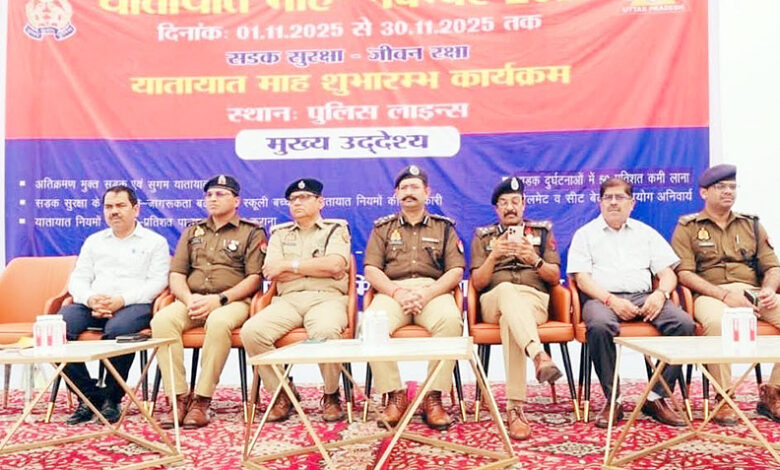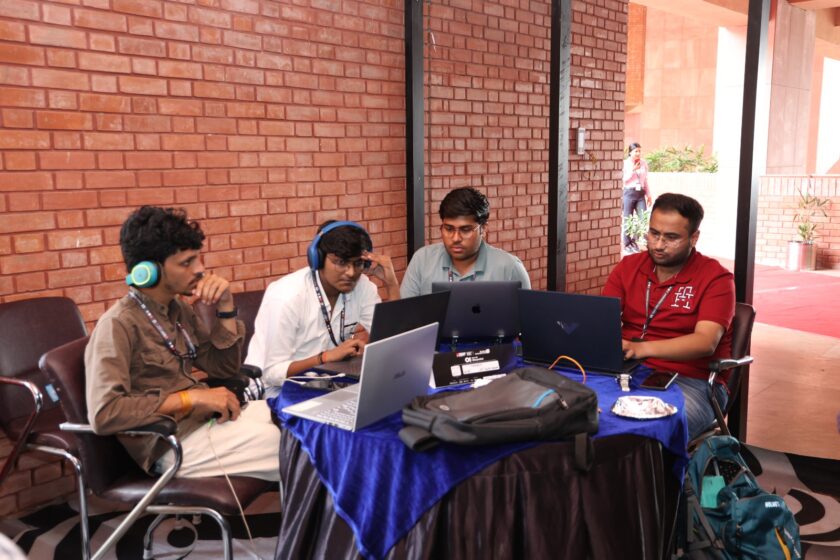Lucknow: In a significant move ahead of crucial local elections, Uttar Pradesh Chief Minister Yogi Adityanath has announced a ₹30 per quintal hike in the State Advised Price (SAP) of sugarcane — a decision that not only brings relief to millions of farmers but also carries deep political undertones. The new rate for the early-maturing variety stands at ₹400 per quintal, while the common variety has been fixed at ₹390 per quintal. The move, viewed as both an economic and political masterstroke, seeks to balance farmer welfare, industrial growth, and alliance coordination within the BJP-led coalition in India’s most politically influential state.
The decision comes at a time when Uttar Pradesh, India’s largest sugarcane-producing state, is gearing up for panchayat elections and the early buzz of the 2027 Assembly polls is already being felt. From the cane fields of western UP to the villages of Purvanchal, the announcement has triggered a wave of optimism and discussion.
A Sweet Deal for Farmers
Sugarcane is not just a crop in Uttar Pradesh — it is the backbone of the rural economy. Nearly 29.5 lakh hectares of land in the state is under cane cultivation, supporting over five million farming families and more than 122 operational sugar mills. According to government estimates, the hike will bring an additional ₹3,000 crore in revenue directly to farmers’ pockets this season.
The Yogi government claims that since 2017, it has raised cane prices four times and facilitated payments worth nearly ₹2.9 lakh crore to farmers — a record figure that surpasses the combined payments made during the tenures of previous BSP and SP governments. The message from the Chief Minister’s Office is clear — the government wants to strengthen the trust of the farming community while boosting the rural economy.
Political Strategy Beneath the Sweetness
Analysts view this decision as a calculated political move aimed at consolidating the farmer vote bank — particularly in western Uttar Pradesh, where sugarcane growers have traditionally played a decisive role in electoral outcomes. Districts such as Muzaffarnagar, Meerut, Baghpat, Saharanpur, and Shamli hold the key to several parliamentary and assembly constituencies.
Political trends in the past two decades highlight the importance of this bloc: when cane farmers backed the BSP in 2007, Mayawati swept to power; in 2012, their support for the SP helped Akhilesh Yadav become Chief Minister. The 2013 Muzaffarnagar riots and subsequent polarization shifted farmer allegiance toward the BJP, propelling the party to landslide victories in 2014 and 2017. However, delays in cane payments and the farmers’ protest movement of 2020-21 had eroded some of that support.
By revising prices well ahead of the election calendar, the Yogi government aims to restore confidence among sugarcane cultivators — a crucial step to reestablishing the BJP’s dominance in western UP.
Allies in Sync
The decision has also resonated well with BJP’s regional allies. Rashtriya Lok Dal (RLD) chief and Union Minister Jayant Chaudhary praised the move, calling it “a recognition of the farmer’s sweat and the sweetness of Uttar Pradesh’s soil.” Similarly, leaders from Apna Dal (S) and Suheldev Bharatiya Samaj Party (SBSP) have welcomed the announcement.
The political significance of this coordination cannot be understated. In regions where the RLD retains influence among Jat farmers, the sugarcane price hike reinforces the BJP’s attempt to maintain alliance harmony and preempt any opposition coalition. The “sweetness” of the decision, as analysts point out, lies not just in cane fields but also in coalition politics.

Reform-Driven Cane Economy
Beyond the political sphere, the Yogi government’s sugarcane policy has focused on transparency and modernization. The introduction of the Smart Ganna Kisan digital platform has streamlined issuance of cane slips and payments directly through DBT (Direct Benefit Transfer), eliminating middlemen and ensuring timely payments.
The government has also ramped up the capacity of 42 sugar mills, reopened six defunct mills, and established four new units, attracting over ₹12,000 crore in investment. This expansion has created thousands of new jobs while strengthening the agro-industrial base of rural UP.
The state has also emerged as a leader in ethanol production, which has increased from 41 crore liters to 182 crore liters in the past few years. The number of distilleries has risen from 61 to 97, marking a major push toward India’s green energy goals. Two mills have even set up Compressed Biogas (CBG) plants to utilize sugarcane waste for biofuel — aligning with the government’s broader agenda of self-reliance and clean energy.
Opposition Voices and Farmer Reactions
Predictably, opposition parties have labeled the move as an “election gimmick.” SP leader Virendra Singh argued that the hike is insufficient compared to inflation, while BKU chief Rakesh Tikait remarked that the rate should have crossed ₹400 long ago to compensate for rising input costs.
Despite criticism, data shows that the Yogi administration has increased the sugarcane price by ₹85 per quintal since 2017 — higher than the ₹65 hike achieved jointly during Mayawati’s and Akhilesh Yadav’s tenures.
For many farmers, the decision offers a sense of relief and renewed confidence. With the government ensuring direct payments and improved recovery rates at mills, optimism seems to be returning to the sugar belt.
The Road Ahead
The sugarcane sector directly impacts nearly 180 Assembly constituencies, making it one of the most politically sensitive economic decisions in the state. The recent hike, coupled with a government decision to increase subsidies on phosphatic and potassic fertilizers worth ₹37,952 crore, strengthens the state’s agricultural ecosystem.
Ultimately, Yogi Adityanath’s “sugarcane mantra” appears to blend economics with politics — ensuring farmer welfare, reviving the cooperative spirit among allies, and fueling rural prosperity. As the 2027 political season nears, the sweetness of this decision could well determine how far the BJP’s influence stretches — from the cane fields of western UP to the corridors of power in Lucknow.






